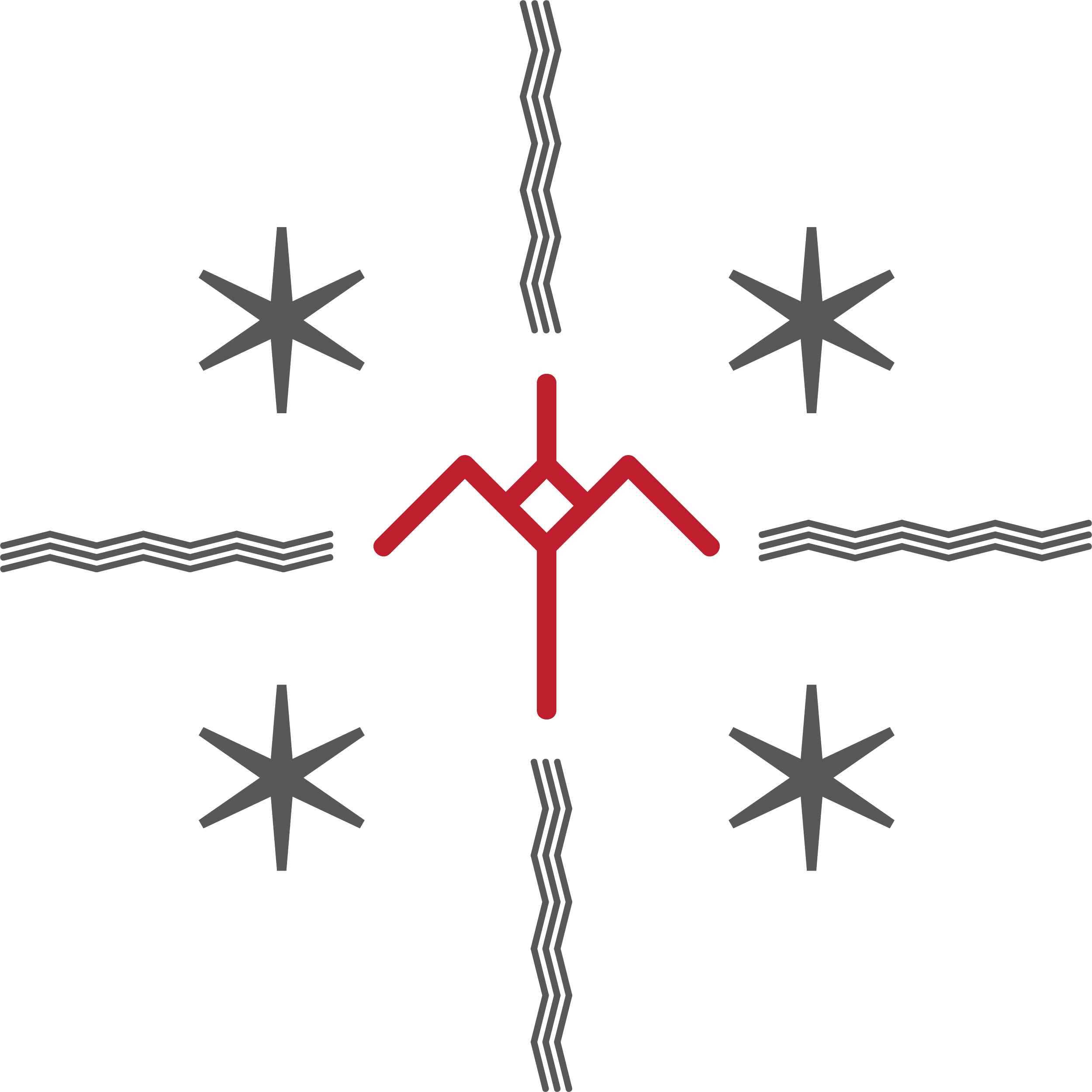History of Tā Moko
Introduction:
Tā Moko, the traditional Māori art of tattooing, is more than just ink on skin; it is a profound cultural practice deeply rooted in the heritage and identity of the Māori people of Aotearoa New Zealand. The intricate patterns and symbols that define Ta Moko are laden with stories, genealogy, and spiritual significance, making it a unique and sacred art form.
***Disclaimer***
This article was AI generated and while it’s purpose is to be informative, it does:
A - Not reflect our personal views in any way and
B - Should not be relied upon as a sole source of information for the subject under discussion.
1. **Origins and Significance:**
The origins of Tā Moko can be traced back over a thousand years when the Polynesian ancestors of the Maori arrived in Aotearoa (New Zealand). These tattoos are more than decorative; they convey information about a person's lineage, social status, and life experiences. Each element, from spirals to curves, holds specific meanings within the broader cultural context.
2. **Ceremonial Rites of Passage:**
Tā Moko is not merely an aesthetic choice; it is a rite of passage. The initiation of individuals into adulthood or the assumption of leadership roles often involves the application of these intricate designs. These ceremonies symbolize a connection to ancestors and a commitment to preserving cultural heritage.
3. **Tools and Techniques:**
Traditionally, Tā Moko was created using uhi, a chisel made from albatross bone, shark teeth, or other sharp materials. The process was painstakingly detailed, involving both incisions and pigment application. Modern adaptations have introduced tattoo machines, but the traditional approach still holds cultural significance.
4. **Distinctive Designs and Meanings:**
Ta Moko designs are highly personalized and carry diverse meanings. Facial tattoos, known as 'Kauae' for women and ‘Mataora’ for men, often represent social standing, marital status, and genealogy. Each line and curve tells a unique story, creating a visual narrative of an individual's identity.
5. **Colonial Impact and Revival:**
The arrival of European settlers in the 18th century had a profound impact on Māori culture, including the practice of Tā Moko. Missionaries and colonists viewed these tattoos with skepticism, associating them with paganism. As a result, the art faced suppression. However, in recent decades, there has been a resurgence of interest and pride in Tā Moko, as the Māori people reclaim their cultural heritage.
6. **Contemporary Expressions:**
Today, Tā Moko has transcended its traditional boundaries and is embraced as a symbol of cultural identity and pride. Many Māori, as well as people from diverse backgrounds, choose to adorn their bodies with these unique designs, contributing to the broader tapestry of Aotearoa New Zealand's multicultural identity.
Conclusion:
Tā Moko stands as a living testament to the resilience and cultural richness of the Māori people. As a form of artistic expression deeply embedded in the fabric of identity, this ancient practice continues to evolve, adapting to contemporary contexts while remaining a powerful symbol of cultural heritage and individuality.
